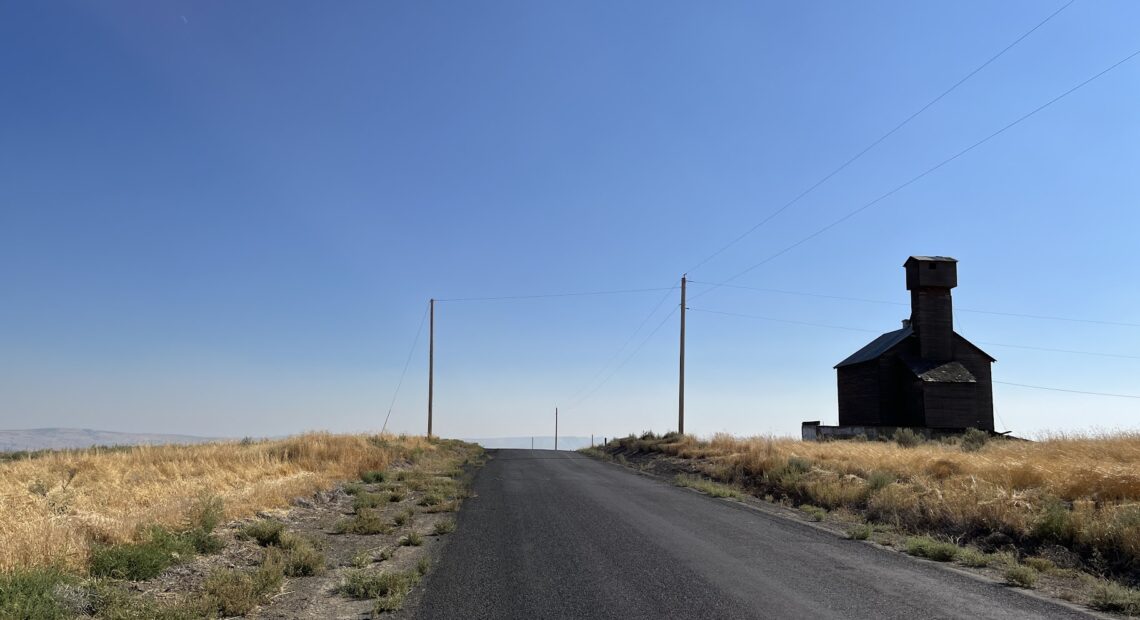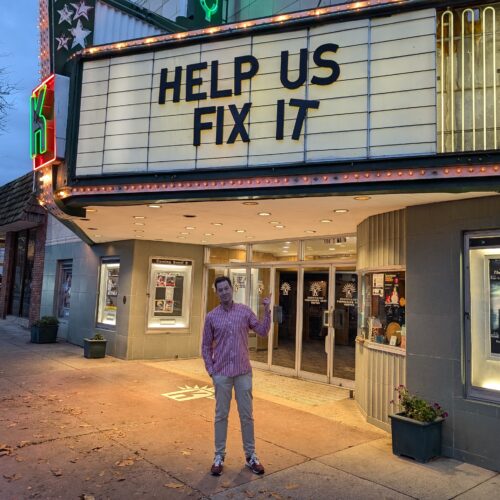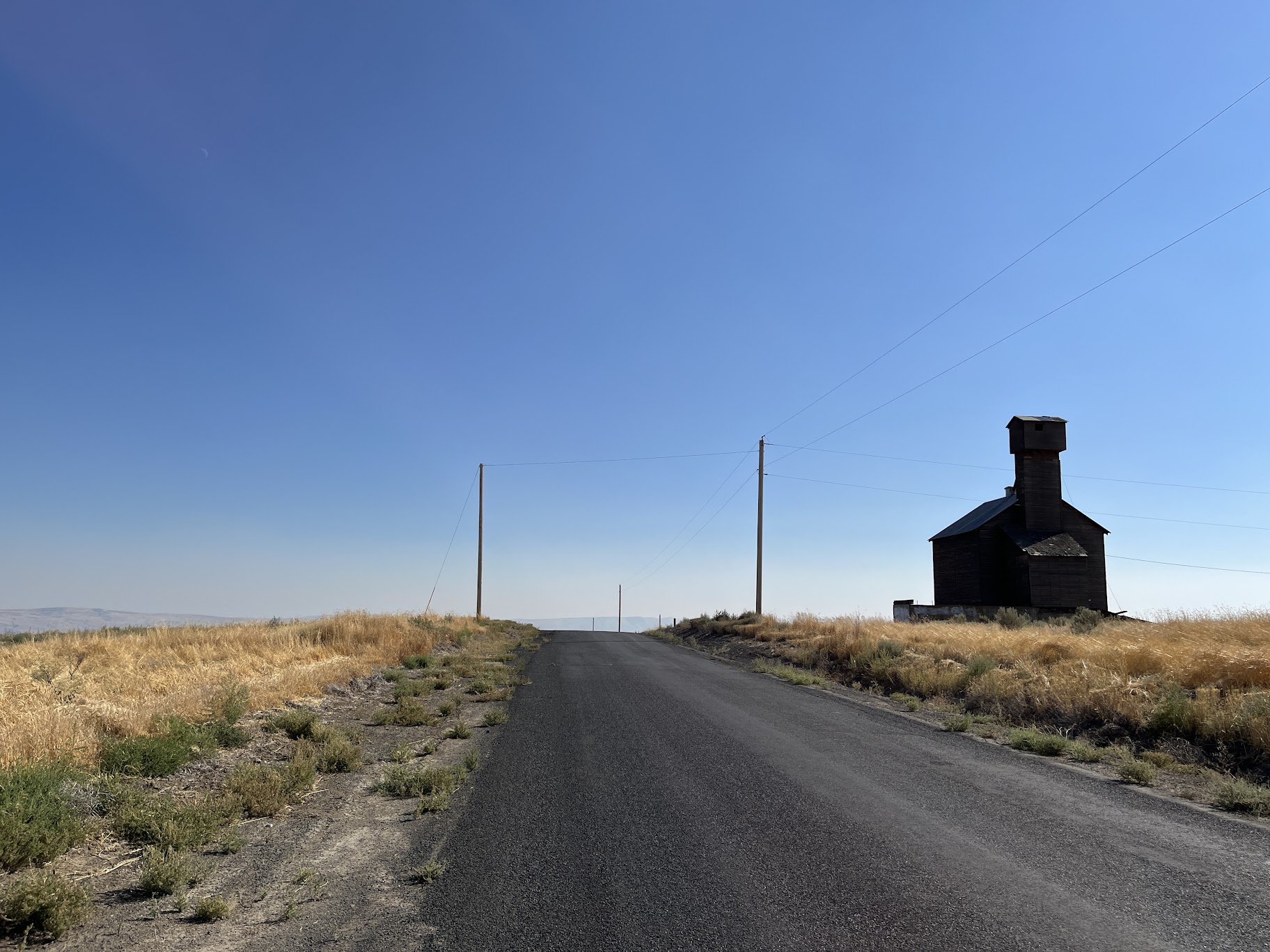
Gravity Hill – the hill so nice I rolled down it twice
Listen
Runtime 4:16
Read
Past hop trellises, fruit orchards and rye fields, down a lonely stretch of road near Prosser, Washington is a mystery spot. Shift a car into neutral at the base of this hill and it will roll to the top all by itself, or so they say. This is a gravity hill, sometimes called an anti-gravity hill or a magnetic hill. It is one of a handful of places all over the world where gravity appears to work backwards.
Paranormal phenomena, aliens, magnetism have all been used to explain gravity hills, but the real answer lies within. It is an optical illusion.
Luigi Garlaschelli—chemist, science communicator and professional skeptic–wrote the paper on these hills. He explains, “There are many pseudo-scientific explanations because the illusion is really compelling… of course, there are no magnetic effects because the thing happens even if you use a plastic ball, or if you pour water on the ground.”
Garlaschelli lives in Italy and has always been interested in strange phenomena. He has investigated weeping statues, the Shroud of Turin, haunted houses, spirits, seances, UFOs, sea monsters and even spent a few nights in a cemetery trying to catch a Will-O’-The-Wisp–an elemental spirit that appears as a small flame to travelers.
His paper Antigravity Hills Are Visual Illusions (Bressan et al., 2003), finds that gravity hills are an optical illusion created by the surrounding landscape and the observer’s point of view.
Finding a scientific explanation for gravity hills is easier said than done. If there was a gravitational anomaly at the hill, measuring its slope with a spirit level or a plum line wouldn’t work because those, too, would be affected.
So they build their own gravity hill, a tabletop diorama version. It consists of a few boards slanted at various grades inside a box dressed up with model trees, grass, a blue screen to simulate the sky, and a pin hole to look through. Volunteers would look through the pinhole and report what they saw.
Garaschelli says with this model, “We could reproduce the phenomenon in the lab.”
There are two common types of gravity hills. The most common type is caused by the presence of contextual inclines. This type usually looks like two flanking roads, one sloping sharply downhill and the other sloping slightly downhill.

“The effect is that your perception of what horizontal is misled by the presence of the stronger downhill road…so that the whole landscape is slightly tilted in your perception. And the slightly downhill road seems to be slightly uphill,” says Garlaschelli.
The gravity hill in Prosser is the other type. Instead of the illusion being caused by two flanking roads of different grades, this illusion is caused by a false horizon. Prosser sits on the foothills of the Lower Yakima Valley. Looking out from this hill, you can see the other side of the valley, with hills low in the background.

Garlaschelli says this is what creates the illusion. “You have a flat ground slightly tilted downhill with low hills in the background. And the illusion is that the road is going slightly uphill.”
It is a forced perspective. Almost all the time, when we look at hills, we are looking up at them, so our brain assumes that we are looking up this road. But really, we are looking down.

Garlaschelli says another reason this illusion is so compelling is because people are not accustomed to seeing optical illusion in a natural environment.
“Generally, when you think of an optical illusion, you think of you know those strange drawings with lines or something moving on a screen. But in a natural environment, I can only think of this one and probably the Moon illusion. When you feel that the Moon is much bigger when it is low on the horizon than when it is up in the sky,” says Garlaschelli.
While this hill may not be supernatural, North Crosby Road lies where the spooky and the scientific intersect.
Related Stories:

Federal funding cuts, freezes hit Palouse nonprofits
Palouse area nonprofits focused on helping with emergency food and the arts have had their funding frozen or cut.

Why affordable housing providers say they’re facing an ‘existential’ crisis
Affordable housing providers across the Northwest have been contending with rising insurance premiums — and, in some cases, getting kicked off their plans altogether.

Pacific Northwest author’s new novel captures atmosphere of the region
On a gray, early spring morning, I drove to Steilacoom, Washington, to catch the ferry to Anderson Island. I boarded alongside the line of other cars and after parking, stepped out onto the deck of the boat. The ferry pushed off from the dock and rocked a little in the Puget Sound before steadying.
I took this journey to the real Anderson Island to see from the water what inspired Northwest author Kirsten Sundberg Lunstrum’s new novel, “Elita,” which was published earlier this year. Sundberg Lunstrum was inspired while sailing around the Puget Sound to write a mystery novel on an island.
Sundberg Lunstrum read excerpts of the book at a gathering at Tacoma’s Grit City Books.













